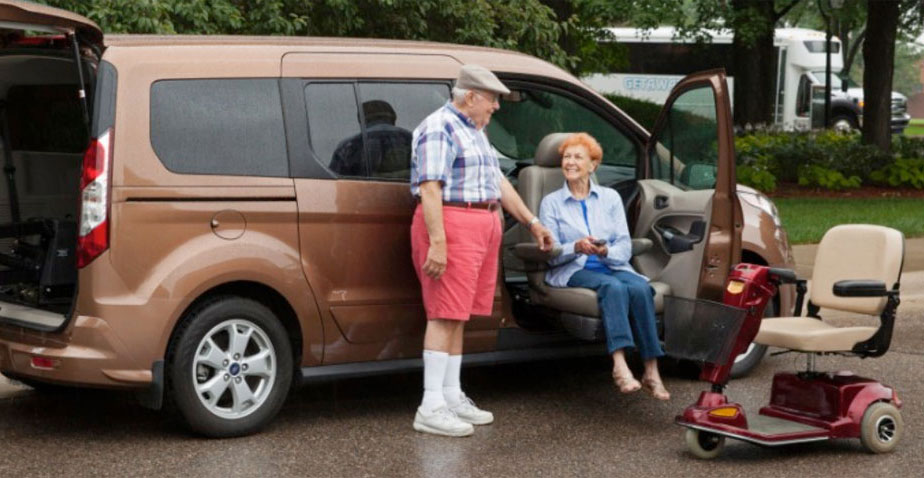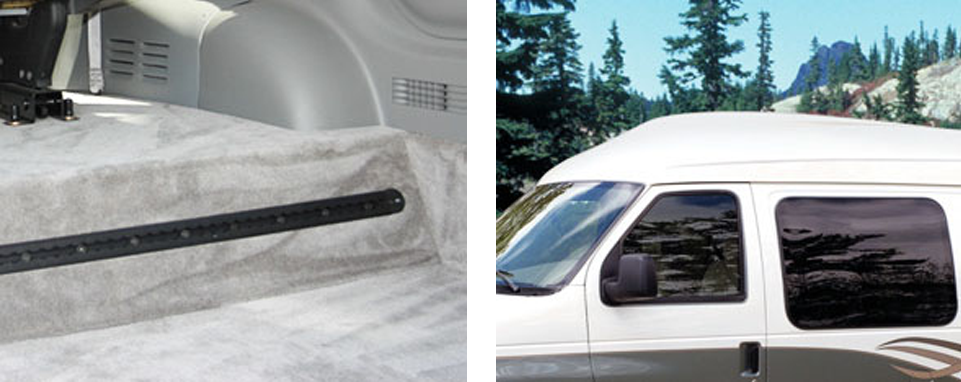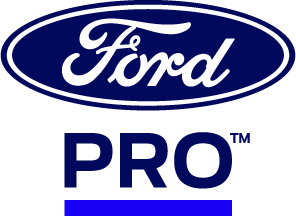Reimbursement Eligibility
We want you to achieve the maximum reimbursement based on your individual needs. We also want to make the reimbursement process as simple and straightforward as possible. For this reason, we've outlined the reimbursement eligibility requirements for the customer, the potential vehicle, adaptive equipment and vehicle modifications.
Customer Eligibility

The customer must be the end-user of the vehicle that requires installation of qualifying adaptive driving or passenger equipment. The end-user may also be defined as an organization, church, assisted living facility, nursing home, municipality, city, state or federal government.
Additionally, claims may be made for adaptive equipment required by a family member or the owner/lessee of an eligible Ford or Lincoln vehicle, providing the equipment is permanently fitted to the vehicle.
Vehicle Eligibility
Eligible Vehicles
In order for a vehicle to be eligible in the Ford Accessibility Program, it must be a new model Ford or Lincoln Car, Van, CUV, SUV or Truck sold or leased during the program period and/or a new vehicle acquired from a U.S. Ford Authorized Pool Converter. To remain eligible, your vehicle must have your qualified adaptive equipment installed within one year of vehicle purchase or lease date.
Ineligible Vehicles
USED VEHICLES OF ANY KIND ARE NOT ELIGIBLE in the Ford Accessibility Program. This includes those previously in rental service, lease service or repurchased vehicles available for resale.

Adaptive Equipment Eligibility

Adaptive equipment includes installed devices and structural modifications that are necessary for a person with permanent special needs to drive or to be driven in a vehicle.
The following types of adaptive equipment are eligible for reimbursement:
- CARRIERS
- PARKING BRAKE
- DOOR OPENERS
- POWER ASSIST SEATS
- HAND CONTROLS
- STEERING DEVICES
- LIFTS
- WHEELCHAIR RESTRAINTS
-
Additional Information
Some equipment not typically thought of as adaptive equipment will require additional documentation to be deemed eligible. Examples include: assist handles, keyless entry, keyless ignition switch, lumbar support, headrest adjustment, pedal extensions, power seats, remote liftgate opener, running boards, seat belt extenders, seat modifications and special mirrors.
You will be notified if additional documentation is required. If so, you will need a certified medical professional to clearly describe your special needs and why the equipment in question is required.
-
Not eligible for reimbursement
The following items are not eligible for reimbursement:
- Modification and equipment for used vehicles
- Equipment available as a factory option
- Running boards, lumbar seats and power door openers when available from the factory
Modification Eligibility
All structural modifications must make the vehicle viably useful for the individual(s) for whom the modification is being made to be eligible for the Ford Accessibility reimbursement. Claims for modifications that may, in part, be commonly recognized as consistent with mobility modifications, but by themselves do not create a completed vehicle for use by the intended individual(s), are not eligible.
Major structural vehicle modifications to accommodate the installation of a wheelchair lift or ramp MUST be completed by a Ford-authorized Qualified Vehicle Modifier (QVM) to be eligible for reimbursement. Examples include, but are not limited to, raised roofs or door openings and lowered floors.
Non-structural vehicle adaptations (adaptive equipment) such as bolt-on items or driving aids need not be completed by a Ford QVM.

Note:
Raised roof and lowered floor conversions alone do not meet the eligibility requirements. Documentation must show that mobility adaptive equipment (such as a wheelchair lift, ramp or adaptive controls) was installed on the vehicle.
Exercise your rights under the California Consumer Privacy Act
